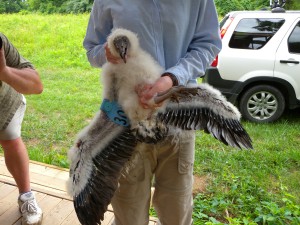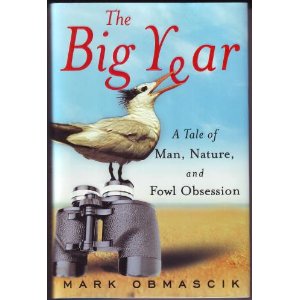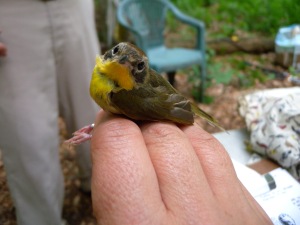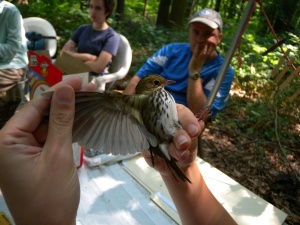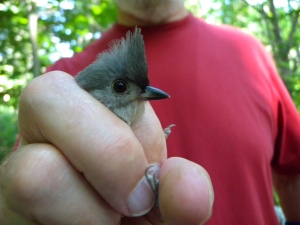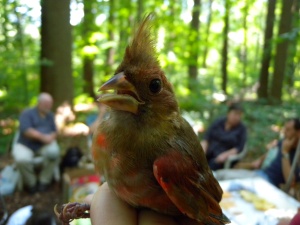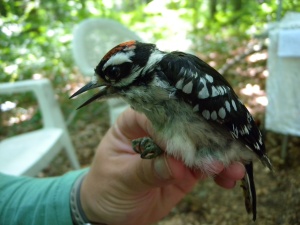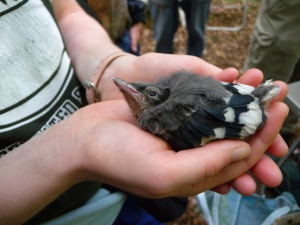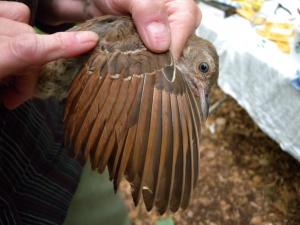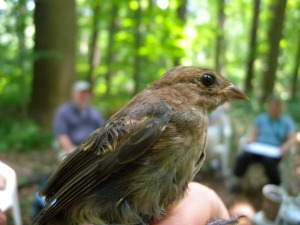
I don’t like to crowd your inbox with more than one post per week, but I just found out about an interesting talk being held at Hawk Mountain this weekend. If you were planning on getting up there at some point this Fall, this weekend might be a good one, especially if you are interested in vultures. We certainly are, as Hawk Mt. banded our vulture babies this summer as part of their Turkey Vulture migration study:
“Join Research Biologist David Barber on Saturday, October 8 at 5 pm for a free discussion on Turkey Vulture migration at Hawk Mountain Sanctuary’s Visitor’s Center. These raptors are one of the most abundant vultures, yet their mysterious migration leads researchers to study them using high-tech (and not-so-high tech) methods. Barber will talk about his ongoing research at Hawk Mountain Sanctuary, how and where vultures migrate, and the research experiences he has had.
The talk is part of the free Autumn Lecture Series at Hawk Mountain Sanctuary. For more information on lectures, events, or activities at Hawk Mountain, call 610-756-6961, or visit http://www.hawkmountain.org/.”




